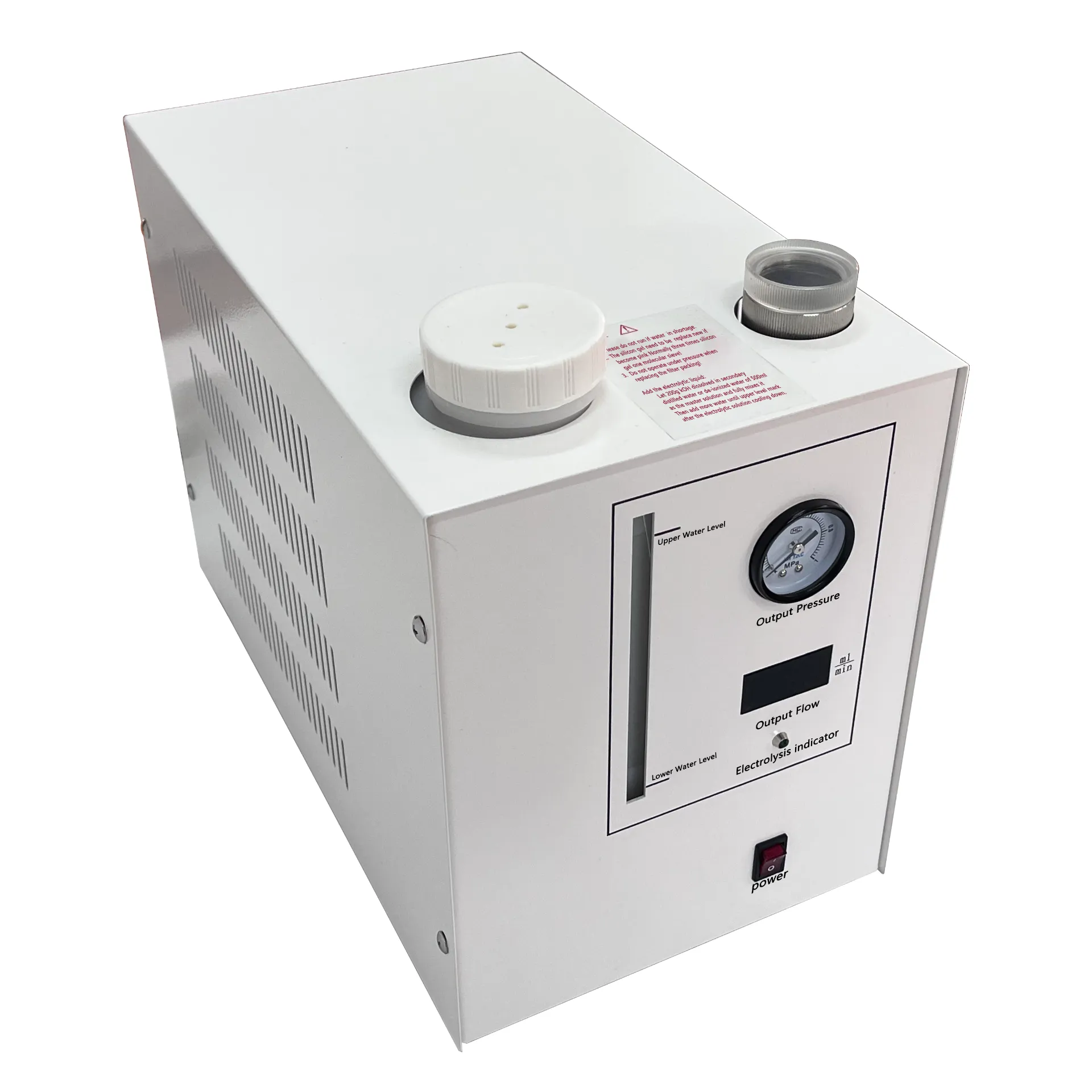 English
English


Comprehensive Guide to PAT Testing for 12V Transformers and Their Applications in Safety Standards
Understanding PAT Testing in the Context of 12V Transformers
Portable Appliance Testing (PAT) is a crucial process concerning the safety and reliability of electrical appliances. While commonly applied to a wide range of equipment, the principles behind PAT testing are particularly significant when dealing with transformers, including the 12V transformers that are widely used in consumer electronics and various industrial applications. This article aims to explore the importance of PAT testing for 12V transformers, the testing process itself, and the implications for safety and compliance.
Importance of PAT Testing
A 12V transformer is generally used to convert mains voltage (typically 230V or 120V) to a lower voltage suitable for low-voltage applications. These transformers can be found in various devices such as wall adapters, LED lighting, and power supplies for electronic circuits. Although the output voltage is relatively low and considered less dangerous, defects or malfunctions can still pose serious risks, such as electrical shock, fire hazards, or damage to the connected equipment.
PAT testing becomes vital in ensuring that these transformers are functioning correctly and safely. Regular testing helps to identify potential issues such as insulation failures, earth faults, or damage that may not be visible to the naked eye. It provides users and technicians with the assurance that the electrical device is safe to operate.
The PAT Testing Process
The PAT testing process involves several stages that evaluate the safety and performance of the electrical appliance, including transformers
. For a 12V transformer, the following key tests are typically performedpat testing 12v transformers

1. Visual Inspection This initial step involves checking the transformer for any visible damage, such as frayed cables, corrosion, or loose connections. Any physical signs of wear can be an indication of potential failure.
2. Insulation Resistance Test This test measures the resistance of the insulation materials surrounding the transformer’s electrical components. A low resistance reading may suggest that the insulation has degraded, potentially leading to a short circuit or electric shock.
3. Earth Continuity Test This test checks that the earth connection is intact and properly functioning. It is crucial for safety, as it ensures that any fault current is directed safely to the ground.
4. Functional Test Finally, the transformer is tested in operation to ensure that it is performing at the correct voltage levels and responding appropriately under load conditions. This confirms that the transformer is safe for use in its intended application.
Implications for Safety and Compliance
The results from PAT testing can have significant implications for safety and compliance with legal standards. Compliance with guidelines such as the UK’s Health and Safety at Work Act or the IET Wiring Regulations ensures that organizations not only protect their employees and customers but also avoid legal ramifications. Regular PAT testing of transformers, including 12V versions, can dramatically reduce the risk of electrical incidents in the workplace or at home.
In summary, PAT testing is an essential procedure for ensuring the safety and reliability of 12V transformers. By performing thorough testing—including visual inspections, insulation resistance checks, earth continuity tests, and functional assessments—users can enjoy peace of mind knowing that the equipment they rely on is safe and compliant. As technology continues to evolve and the reliance on electrical devices increases, prioritizing PAT testing will remain crucial in safeguarding both people and property against electrical hazards.
-
Differences between open cup flash point tester and closed cup flash point testerNewsOct.31,2024
-
The Reliable Load Tap ChangerNewsOct.23,2024
-
The Essential Guide to Hipot TestersNewsOct.23,2024
-
The Digital Insulation TesterNewsOct.23,2024
-
The Best Earth Loop Impedance Tester for SaleNewsOct.23,2024
-
Tan Delta Tester--The Essential Tool for Electrical Insulation TestingNewsOct.23,2024





